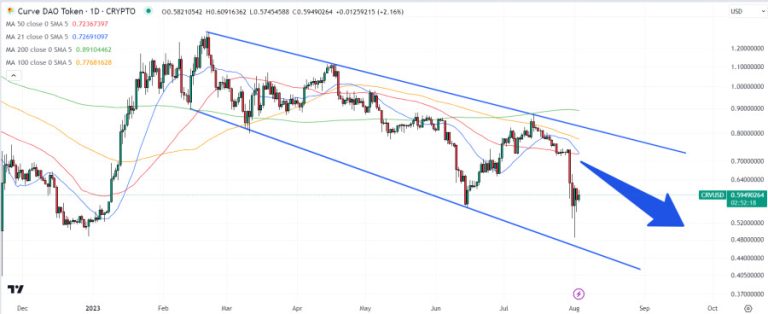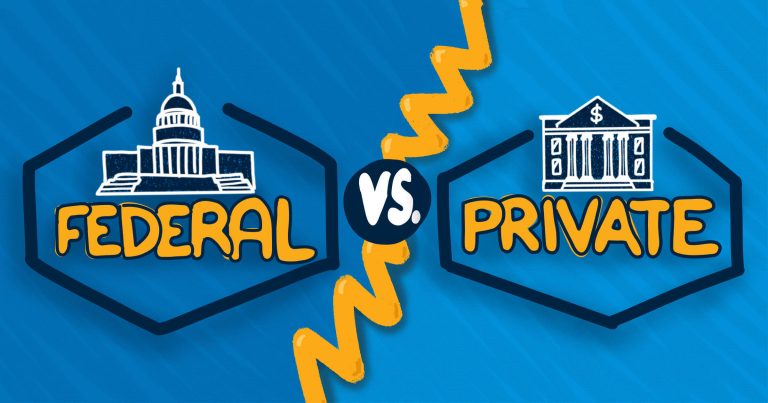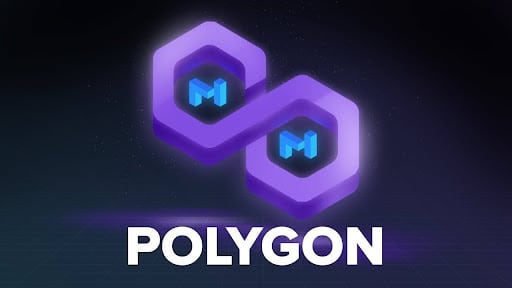Best Student Loans Without A Co-Signer Of October 2023
The best student loan without a co-signer is a federal direct subsidized or unsubsidized student loan. The subsidized version—on which the government pays the interest during certain periods—is available to undergraduates with financial need, while the unsubsidized version is available to all student borrowers, including graduate students.
There are annual caps to how much you can borrow with federal student loans. If you need more money, undergraduates may seek out private student loans. Graduate students have the option to take out federal PLUS loans, but these require a credit check, so it’s smart to compare them with private loans.
Below we have identified the best federal and private student loans that may be available to eligible borrowers without a co-signer based on features like fees, repayment options and ease of the application process.
Federal Direct Subsidized Loans
Among undergraduate and graduate student loan options, federal direct subsidized loans are the cheapest and most flexible. Only undergraduate borrowers with financial need—as determined by the information in the Free Application for Federal Student Aid, or FAFSA—can get subsidized loans. The government will pay the interest when students are in school, during their grace period and when they put their loans into deferment.
The interest rate on subsidized loans is one of the lowest you’ll find, and no co-signer is required. All eligible undergraduate borrowers qualify and they receive the same rate regardless of credit history. Most importantly, borrowers of federal subsidized loans have access to income-driven repayment options that can lower the amount due and loan forgiveness for those who work in public service fields.
While there is an origination fee of 1.057%, it’s lower than what many private lenders offering loans without a co-signer charge.
Extra Details
Loan terms: 10 to 25 years, depending on the repayment plan
Loan amounts available: $3,500 to $5,500 per year, depending on year in school; $23,000 in aggregate as an undergraduate
Eligibility: Must be enrolled at least half-time in a school that participates in the federal direct loan program. Must be an undergraduate and be determined to have financial need.
Forbearance options: Forbearance available for up to three years in certain circumstances. Enrolling in an income-driven repayment program can lower monthly payments and result in loan forgiveness after 20 to 25 years.
Pros & Cons
- Low fixed interest rate
- Multiple repayment and forgiveness options available
- Interest subsidy during certain periods
- Charges an origination fee
- Low annual loan limits
Federal Direct Unsubsidized Loans
Federal direct unsubsidized loans are available to all undergraduate and graduate borrowers regardless of financial need, and there’s no co-signer required. They don’t come with a break on interest like subsidized loans do, so as an undergraduate, be sure to max out subsidized loans before turning to unsubsidized ones.
While there’s a chance the most creditworthy unsubsidized loan borrowers could get a lower interest rate with a private student loan, they’ll miss out on a range of consumer protections that might be useful in the future. Borrowers of federal direct unsubsidized loans have access to income-driven repayment options that can lower the amount due and loan forgiveness for those who work in public service fields.
Direct unsubsidized loans come with an origination fee of 1.057%, while most private graduate loans do not. But in many cases, the low interest rate and loan benefits make the fee worth it.
Extra Details
Loan terms: 10 to 25 years, depending on the repayment plan
Loan amounts available: $8,000 in aggregate for dependent undergraduate students; $34,500 in aggregate for independent undergraduate students; $73,000 in aggregate for graduate or professional students (including loans used for undergraduate study)
Eligibility: Must be enrolled at least half-time in a school that participates in the William D. Ford Federal Direct Loan Program
Forbearance options: Forbearance available for up to three years in certain circumstances. Enrolling in an income-driven repayment program can lower monthly payments and result in loan forgiveness after 20 to 25 years.
- Low fixed interest rate
- Multiple repayment and forgiveness options available
- All undergraduate and graduate borrowers qualify
- Charges an origination fee
- Low annual loan limits
Ascent Undergraduate Future Income-Based Loan
The Future Income-Based Loan is one of two student loans Ascent offers to undergraduates that don’t require a co-signer. It’s aimed at borrowers without any credit history or who don’t meet the income requirements for Ascent’s other loan that doesn’t require a co-signer, the Non-Co-Signed Credit-Based Loan. Your eligibility and interest rate are based on your school, educational program, time to graduation, GPA and other factors.
It’s only available to college juniors and seniors, though, and you must have a GPA of 2.9 or higher. Like other Ascent loans, it comes with no origination fee, a generous 24 months of forbearance and a graduated repayment option that allows payments to start out low then gradually increase, keeping the original loan term the same length. If you’re an international student, you must apply for an Ascent loan with a U.S. citizen co-signer, meaning you don’t qualify for a non-co-signed loan.
Extra Details
Loan terms: 5, 7, 10, 12, 15 or 20 years
Loan amounts available: $2,001** to $20,000 per year, up to $200,000 in aggregate for all Ascent loans
Eligibility: Must be a college junior or senior with a GPA of 2.9 or higher enrolled at least half-time. No minimum credit or income requirement.
- Up to 24 months of forbearance available
- 1% interest rate discount for automatic payments
- No origination fee
- Low annual loan limit
- Not available to international students
Federal Graduate PLUS Loan
These loans are only for graduate students. The federal graduate PLUS loan offers wide-ranging benefits to borrowers, but fewer than direct unsubsidized loans offer. Since borrowing limits are higher for PLUS loans than direct unsubsidized loans, they’re an option to cover any funding gaps after you’ve maxed out unsubsidized loans for graduate study.
The graduate PLUS interest rate is slightly higher than the unsubsidized loan rate; the origination fee—4.228%, which comes out of the loan amount that’s disbursed to you—is much higher. PLUS loans are also the only federal loan type that require a credit check, but it’s possible to get a PLUS loan even if you’re determined to have an adverse credit history (more on that below).
Extra Details
Loan terms: 10 to 25 years, depending on the repayment plan
Loan amounts available: Up to total cost of attendance, minus other financial aid received
Eligibility: Must be enrolled at least half-time in an eligible school. Must not have an adverse credit history.
Forbearance options: Forbearance available for up to three years in certain circumstances. Enrolling in an income-driven repayment program can lower monthly payments and result in loan forgiveness after 20 to 25 years.
Pros & Cons
- Low fixed interest rate
- Multiple repayment and forgiveness options available
- High maximum loan amount
- Charges an origination fee







